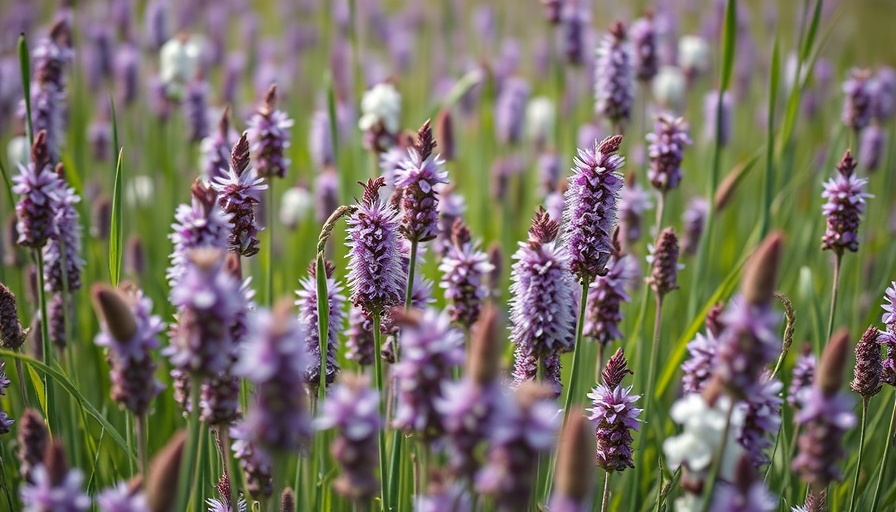
Understanding Hairy Vetch: A Champion in Cover Cropping
Growing a garden can often feel overwhelming, especially with the multitude of considerations like soil preservation and pest management. However, integrating cover crops into your gardening practices can significantly alleviate some of these challenges. One of the most beneficial options is hairy vetch (Vicia villosa).
The Many Advantages of Hairy Vetch
Hairy vetch is not just another pretty plant; it plays a crucial role in improving garden health. As a winter-hardy legume, hairy vetch is particularly valuable during off-seasons. Its shallow taproot helps anchor the soil, reducing erosion caused by rain and snow. In addition, its dense foliage acts as a protective layer, suppressing the growth of weeds and providing a haven for insects, particularly pollinators.
Beyond its protective roles, hairy vetch is also a natural fertilizer. Like other legumes, it engages in a symbiotic relationship with nitrogen-fixing bacteria, enriching the surrounding soil with natural nitrogen. This is vital for maintaining soil fertility, especially for vegetable gardening and flower gardens where nutrient levels can drop significantly over time.
Potential Drawbacks: What to Consider
While hairy vetch offers numerous benefits, it's essential to approach it responsibly. One concern is its ability to become overly invasive, particularly if not managed properly. The seeds are hard and can last for several years in the soil, potentially leading to unwanted growth if you aren’t vigilant about monitoring your garden. Additionally, while it supports biodiversity, its dense growth can sometimes overshadow more delicate plants. Adequate planning and maintenance are crucial to ensure it benefits your garden rather than detracts from it.
How to Plant Hairy Vetch
Timing is critical when planting hairy vetch. Ideally, it should be sown in the late summer or early fall to establish before the harsh winter months. Preparing your soil by ensuring it’s free of debris and well-aerated will enhance seed germination. Once the soil is ready, you can sow the seeds at a depth of 1 to 2 inches, keeping them spaced appropriately to allow for growth.
Watching your hairy vetch thrive is rewarding, as it displays beautiful purple and white flowers in spring. These flowers attract a variety of pollinators, enhancing biodiversity in your garden and leading to more fruitful harvests in the main growing season.
Caring for Your Vetch: Ongoing Maintenance
As your hairy vetch grows, ongoing care will ensure it doesn’t become a nuisance. Regular monitoring and managing its growth can help keep it in check while maximizing its benefits. Weeding and mulching around vetch can help foster a supportive environment for other plants in your garden, creating a balance where all species can flourish.
Termination and Benefits Post-Growth
Once spring has arrived and you’re ready to replant your primary crops, termination of the hairy vetch is a vital step. You can do this by mowing it down before the flowers set seed and composting the trimmings, which will return valuable nutrients to the soil. This practice, called green manuring, significantly increases the overall health and fertility of your garden soil.
Your Path to Sustainable Gardening
By incorporating hairy vetch into your gardening strategy, you are not only enhancing the soil but also supporting local ecosystems. With its myriad benefits, it’s clear that hairy vetch is an exceptional addition to any cover cropping regimen.
For those interested in eco-friendly gardening, hairy vetch serves as a stepping stone toward sustainable practices that can promote a healthier and more vibrant garden. By following this guide, you’ll cultivate not only your plants but also your knowledge of effective gardening techniques that nurture both your immediate environment and the larger ecosystem.
 Add Row
Add Row  Add
Add 




Write A Comment